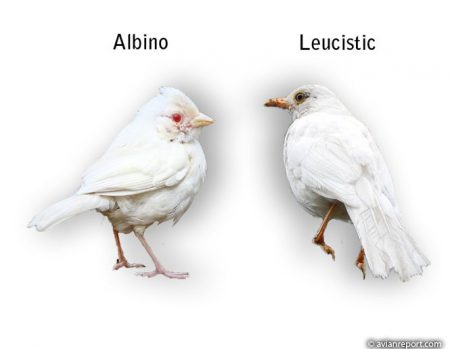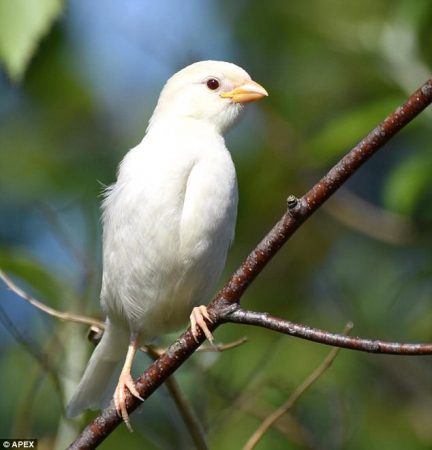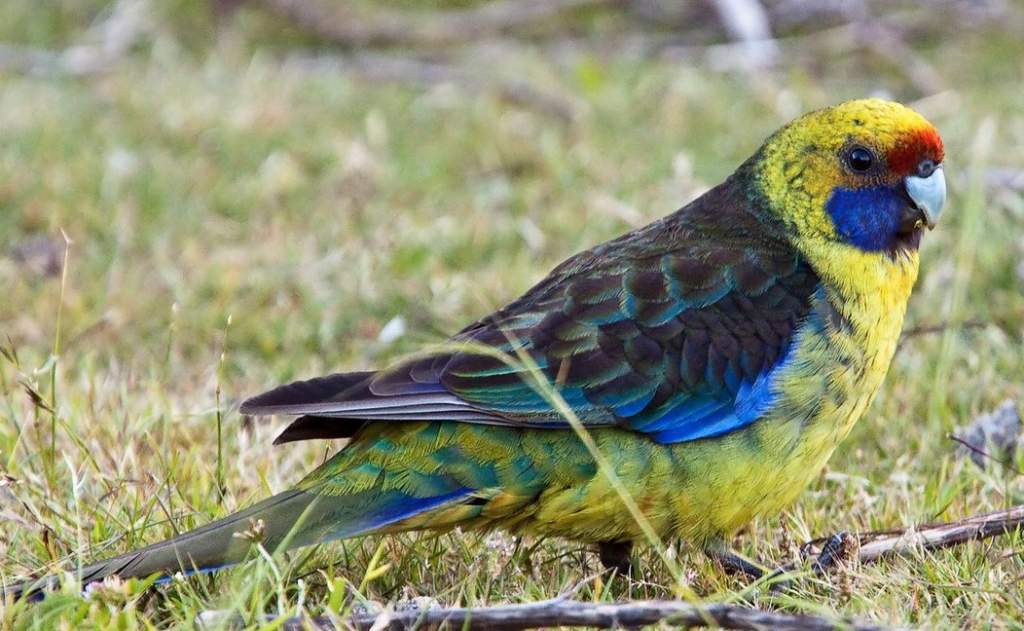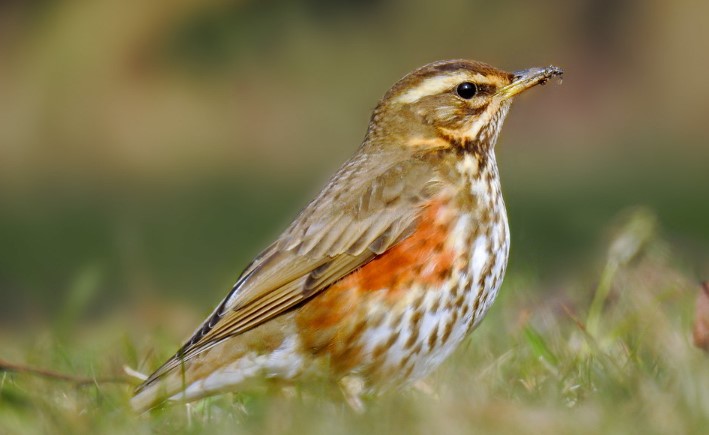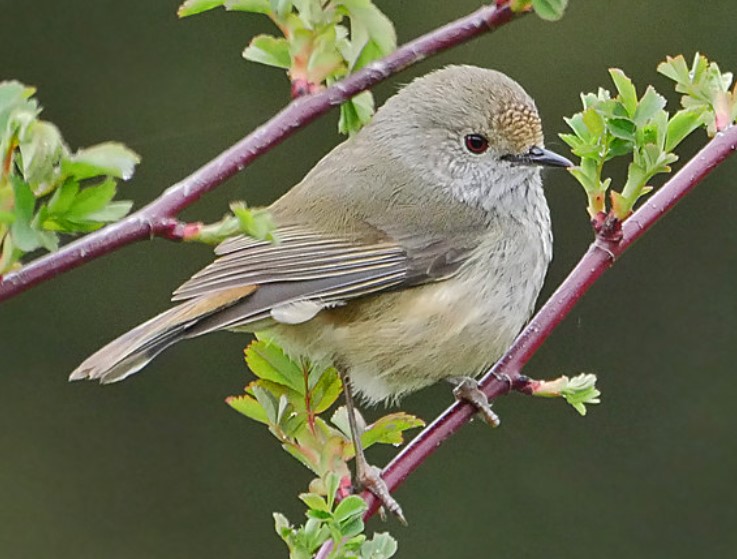One of the world’s rarest white birds is the Albino House Sparrow. Most white wild birds seen are leucistic, lacking pigment. They are extremely rare in themselves, but a true albino bird, with pink eyes and white feathers, is incredibly rare. Albinos are one of the rarest birds in the world and are distinctive.
Unluckily, the Albino White Bird rarely reaches adulthood. Melanin serves some critical functions in vision and in protecting the eye from UV radiation. Hence, they are easy targets for predators, and they can’t see well due to poor eyesight to spot danger and don’t survive long in the wild.
Albinism is a genetic condition that is known to affect around 300 different species of animals. Albinos that are white instead of their normal color are indeed rare. Therefore, about one in 20,000 humans are albinos, and at least 300 species of animals in North America have albino individuals. Miley Bull, the senior director of science and conservation, said the pinkness of the eye marks it as a true albino.
Furthermore, White Bird Albinos have similar characteristics to other members of their species. So, except for their cells, they are unable to produce melanin, a dark pigment that results in normal coloration in the skin, scales, eyes, or hair.
Albinos are rare because the genes for that trait are recessive, while the genes for normal pigmentation are dominant. Albinos are caused by a lack of melanin, the chemical that gives cells and tissues their color.
Without it, everything is colorless and appears white. It is a recessive condition, meaning an individual needs two recessive alleles to trigger albinism. This is a rarity, as if there is one dominant allele, it will overrule the albinism gene and make that individual a carrier of the condition. The leucistic bird is unusual because it is completely white from the top of its head to the tip of its tail.
A full or true albino is a very specific mutation with a well-known genetic cause that is similar across all vertebrates. All of the plumage is white, and the skin is unpigmented. Even the eye is unpigmented and appears pink or red as we see the blood vessels in the retina. RSPB monitoring suggests a serious decline in the United Kingdom house sparrow population.
It is estimated to have dropped by 71 percent between 1977 and 2008, with substantial declines in both rural and urban populations. Adult full albino birds are, in effect, never seen in the wild. The inability to produce melanin does not affect the red carotenoid pigments, so the red color appears more or less as usual on this bird’s feathers and bill. An albino bird is not necessarily all white!
How do I identify an albino bird?
If the White Bird albino bird is alone, use the same elements as above and think of a species that occurs in the area that fits those elements. These clues should give you an idea of which species of bird the albino bird is likely to be.
See the birds that associate with the albino bird. Since the bill, eyes, and legs of the albino bird are pink and pale, these cannot be used as a reference. Instead, rely on the shape, size, behavior, and habitat used. Birders rely on plumage as the primary clue for bird identification.
Also, read: Black Drongo! Wholly Black Bird With a Distinctive Forked Tail
Source: Ctaudubon! Avian Report



